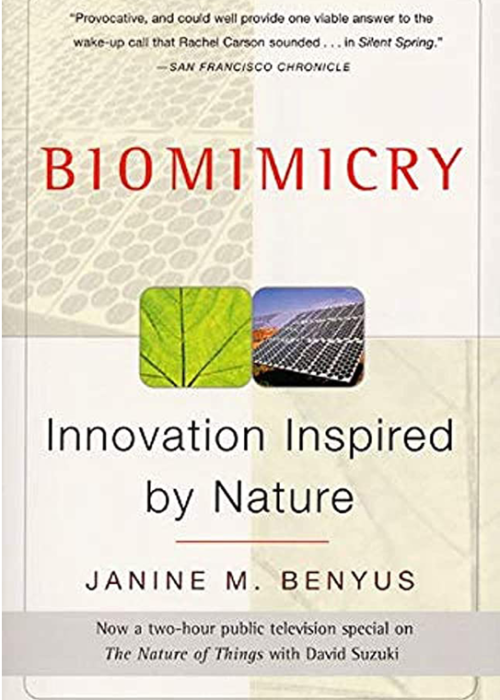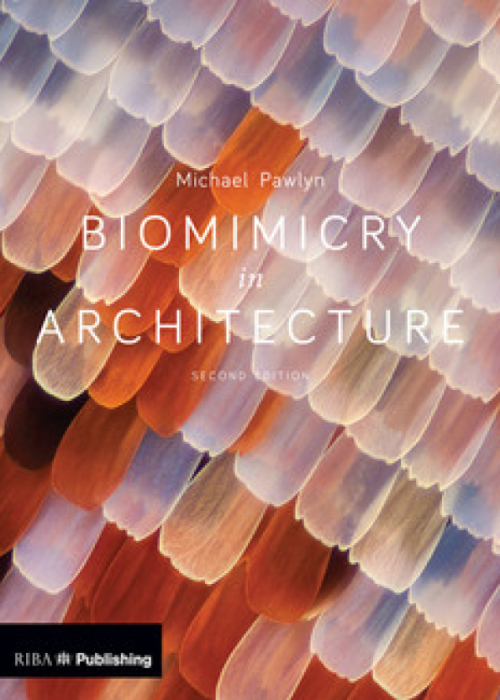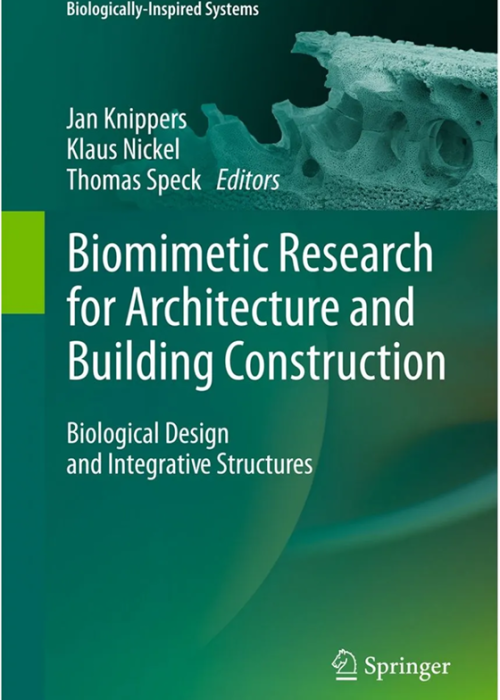Resources
Our Designs
The Elephant Skin, Namib Desert Beetle and Termite Mounds make up the triumvirate of biological strategists which have been the foci of bioSEA’s research. Learn more about them in the biomimicry design toolkit. Here’s a preview.
Horizon Scan
Case studies from around the world
Exemplary biomimicry designs for thermoregulation. Six designs have been featured here, a more extensive list of case studies can be found in the Toolkit. Please note that the examples showcased here are NOT designed by bioSEA.





















